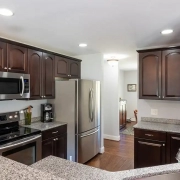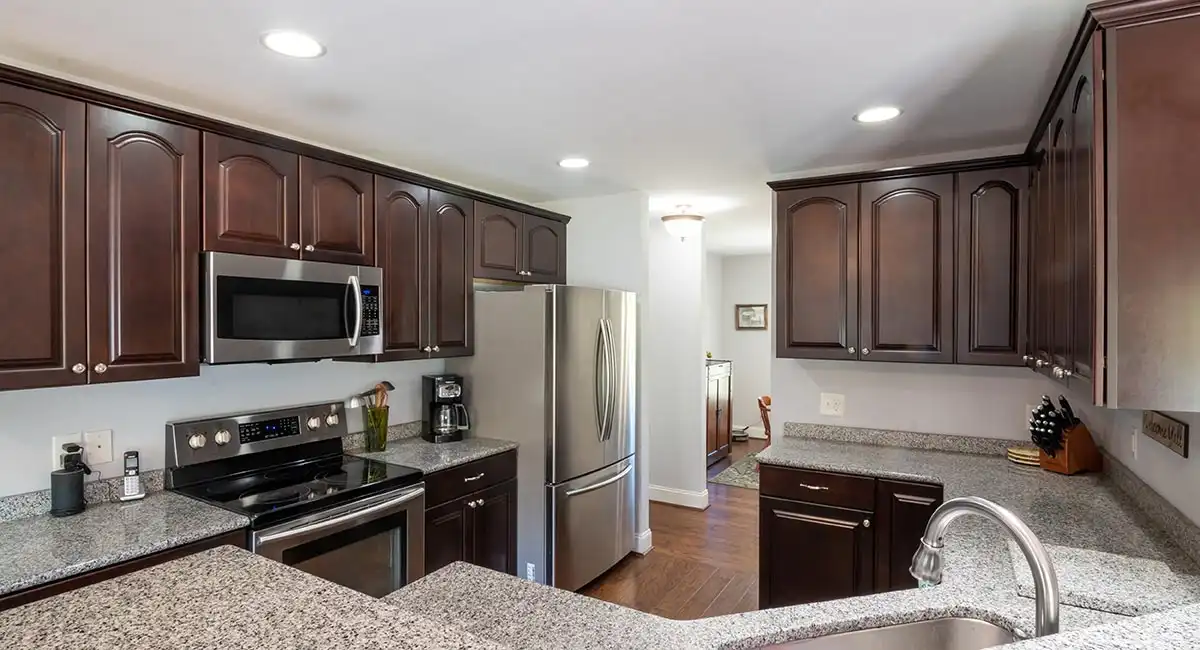Veneer edge banding
Veneer edge banding is a way to give plywood a beautiful, smooth look. You can buy veneer edge banding in several styles and colors. Some are finger joined and have UV lacquer finishes to ensure durability and a superior surface finish. Other edge bandings are made with cross-grain or burl patterns. These are typically used in special woodworking projects. Veneer edge banding can also be made from different types of wood. Some popular wood species include walnut and white oak, which are known for their sustainability. Edge bandings made with these wood species are also known for their quality.
In addition to providing a smooth, even edge, veneer edge banding is available in 7/8″ width, making it ideal for 3/4″ thick sheet goods. They also provide a slightly overhang on the plywood edge, so that trimming to the flush edge is easy.
PVC edge banding
PVC edge banding is a great way to add value to your furniture, as well as protect the edges of wood. Whether your project is for a home or office, this edge banding will keep your furniture looking great. This article will explain how it works, how to install it, and which types of edge banding to use.
When it comes to edge banding for plywood, there are several different types available. One type is pre-sanded so that it will absorb finishes. Another type is made of solid wood or veneer. This kind of banding reinforces the sides of the piece, preventing damage from scratches and nicks. This banding is also sturdy enough to withstand the bumps and knocks that furniture gets inside a cabinet.
Hot-melt glue edge banding
If you’re working on a woodworking project, you might want to consider using hot-melt glue edge banding. This type of adhesive is available in a wide variety of colors and styles. They also come in metallic versions to give your project a more elegant look.
Hot-melt glue is an excellent multipurpose adhesive and is suitable for most edge banding applications. It is affordable, easy to use, and has several benefits. It forms a strong bond quickly and is resistant to heat, moisture, and cleaning agents. It can also be re-melted multiple times without losing its strength or flexibility.
Hot-melt glue edge banding for wood projects is usually applied using two different types of glue: EVA (ethylene vinyl acetate) and PUR (polyurethane). Each has its advantages and disadvantages, but EVA Adhesive is an excellent multipurpose hot-melt glue. It is available in a variety of thicknesses and is easy to work with.
Durable
Durable PVC edge banding for plywood will provide a smooth finish and protect your wood edges. PVC is a highly versatile thermoplastic and comes in a range of different colours, thicknesses and textures. It can be easily cut and fitted to curve edges. The material is easy to clean and is very flexible.
It can be applied manually or with contact cement. The adhesive should be applied evenly and thoroughly. You can also use two-sided PSA tape. In case you are applying PVC manually, use acetone to remove excess contact cement. Otherwise, you may need to replace the whole edge and start over.
Durable PVC edge banding for plywood is a good option for edge protection and can also be used on furniture. Its adhesive backing makes it easy to apply, while non-adhesive ones may require more work.





Leave a Reply
Want to join the discussion?Feel free to contribute!